One of the most visited stands at the Beijing Auto Show (China Auto) was the first car from a consumer electronics company known for its phones. Until a few months ago, you might have expected this company to be Apple, but instead it was a homegrown talent: Xiaomi presented its new SU7 electric vehicle. Queues formed at the stand as crowds vied for a glimpse of this sporty model at an aggressive price Electric car.
Among the major international manufacturers at the show were just as many local brands, from companies largely unknown outside of China but offering some really interesting models. In recent years, brands such as BYD and Zeekr have opened up the European and American markets, but there are many more of them. Then there are brands like MG and Lotus, which have seen a resurgence thanks to new Chinese owners.
This week I had the opportunity to explore the show myself and discover a new world of automobiles for a new generation of drivers. One that can no longer rely on brand loyalty for its success. The switch to electric power is being touted as the biggest change in motor vehicles in 100 years, but the change goes far beyond just how they are powered.
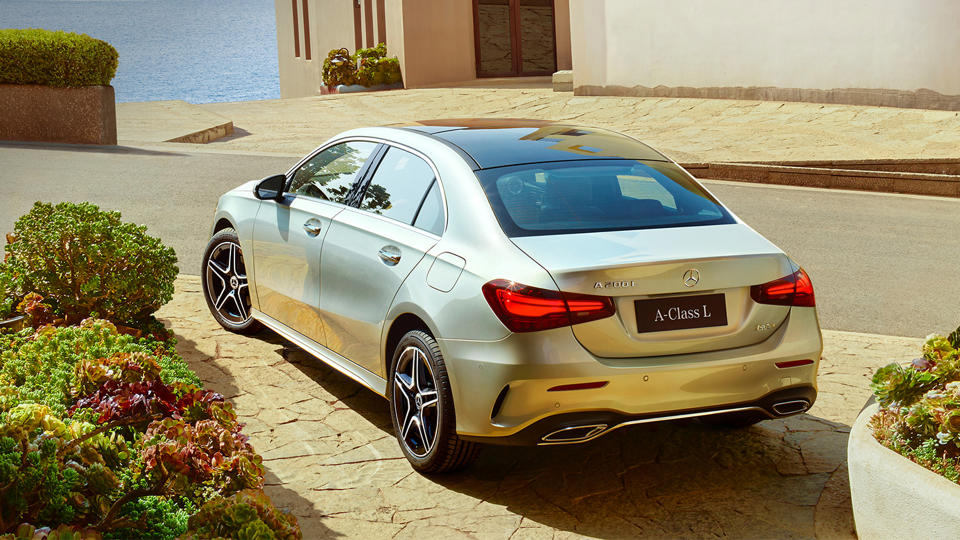
Local partnerships
I was at China Auto in Beijing to see the launch of the Mercedes Benz electric G-Class – or the G580 with EQ technology to give it its Sunday name. It’s a design that has remained largely unchanged on the outside for 45 years, but under the skin lies one of the most advanced cars the company has built to date.
Mercedes-Benz has been building cars in China exclusively for the Chinese market since 2006 as part of a partnership with a local company BAIC Motor Corporation. These models all have an additional badge on the back with their name in Chinese characters Beijing Benz (Beijing Benz). These models are adapted to the market and are usually lengthened to offer passengers more space in the rear. Only the premium models S-Class, GLS and G-Class are imported.
Christoph Starzynski, vice president of vehicle technology and overall vehicle functions at Mercedes-Benz Cars, says where the buyer sits depends on local priorities, as many of its E-Class models are chauffeur-driven. “China has a unique position; in the USA, customers are more segment-oriented,” says Starzynski. Many cars are also purchased to accommodate the entire family. “Your highest priority family member is probably the grandma and they sit in the back, so you want them to have a comfortable situation.”
It’s not the only company working with a partner to produce local models. Brands like Ford, Toyota, BMW and General Motors all have similar agreements. A small curiosity is the Jetta company, which, in a partnership between VW and the China FAW Group, is producing a new car for the Chinese market based on the original VW Jetta design.
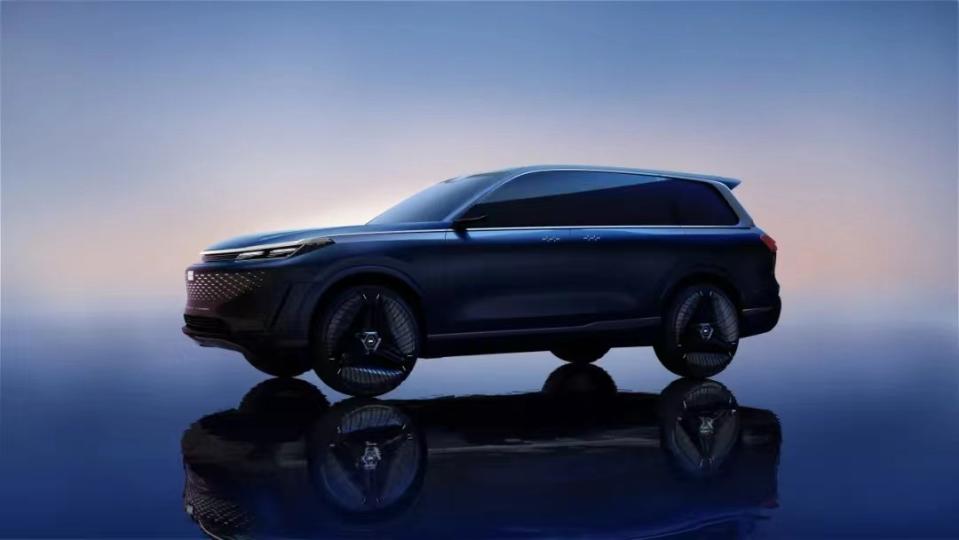

Not just SUVs
While the trend for SUV-style vehicles continued to dominate at the show, it was reassuring to see a number of other options. MPVs or minivans continue to enjoy greater popularity in Asian markets and offer an even more luxurious experience for those transported in the back than even premium sedans such as the Mercedes S-Class and BMW 7 Series.
As with the longer wheelbase Mercedes, these cars are designed with the rear passenger in mind and some of the top models on display offer seats that you would expect in the business class section of an aircraft. VIPs in the back can relax or work while driving for hours in heavy city traffic.
From the Lexus LM to the Hongqi Q8, there are some truly luxurious interiors. Typically with three rows of seating, the middle row offers two individual chairs instead of a bench and the back row folds to store luggage. The Toyota Alphard has long been one of the big names in luxury MPVs in the region, but local brands like Lorinser also offer some incredibly high-quality interior options.
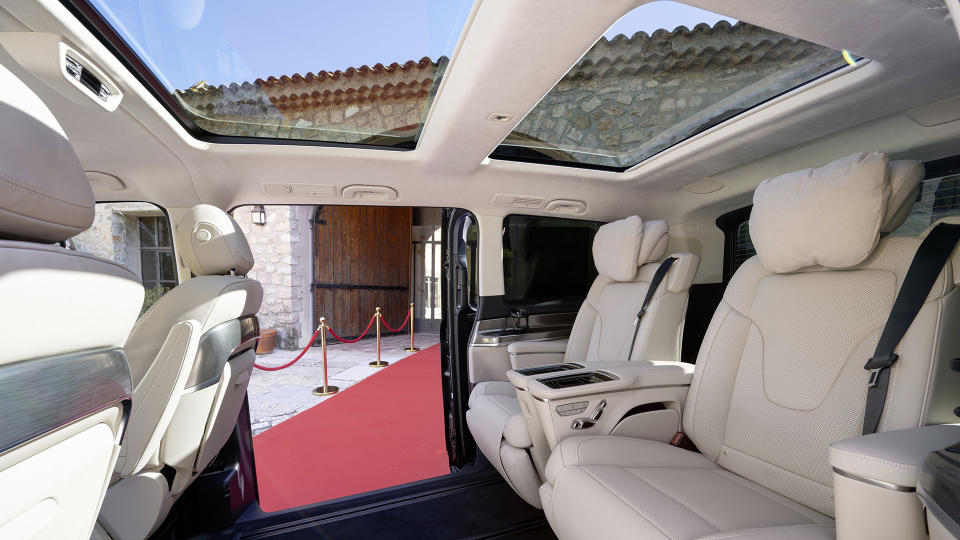

Gordon Wagner, Chief Design Officer Mercedes-Benz Group, sees further growth in the MPV market. “We have our V-Class here, which is very popular, but normally in this traffic you have a driver or a chauffeur. When you’re stuck in traffic, you want space, especially when cars eventually become more autonomous. You want to make this your third place and use the time in traffic.”
One of the most impressive at the show was Geely’s Galaxy Starship concept, which combines front and rear opening doors with a hinged door opening for the windows. A more family-friendly version is the new Zeekr Mix, where the front seats swivel to create a seating area around a table for day trips.
As electric vehicles attempted to maximize range through aerodynamics, there were also a large number of sedans. From the aforementioned Xiaomi SU7 to international models like the Polestar 4, these stylish four-door electric vehicles offer industry-leading range figures and quick acceleration, making them a popular choice, although some models are difficult to distinguish from one another.
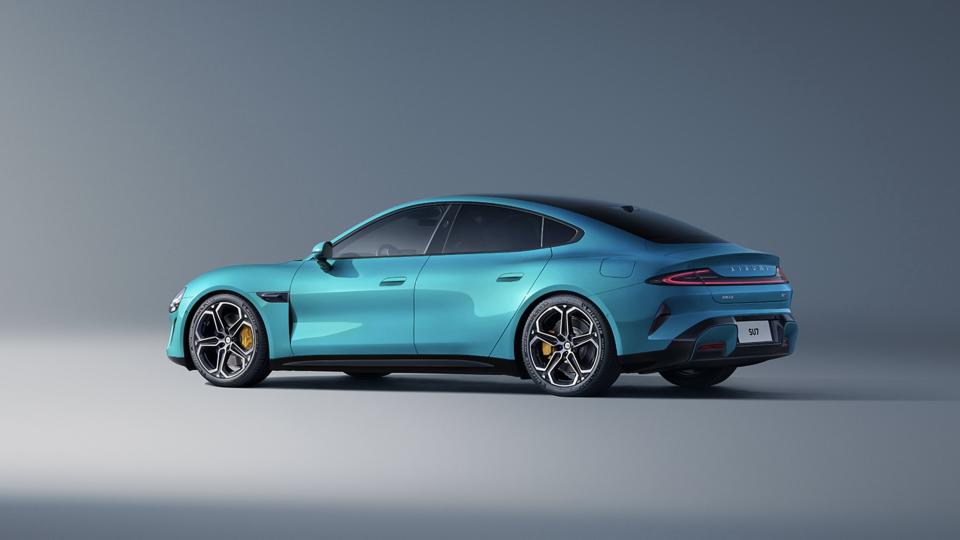

Raw material prices
Although there are premium offerings from local companies such as Beijing Auto Company, Dongcheng Motors and Geely, their success is extremely price dependent. As with mid-range mobile phones, many of these vehicles offer similar specifications and designs, so getting the price right is crucial to their success.
These models are usually significantly cheaper than foreign imports and can be extremely successful in the budget to mid-range segment. This means that on an average highway in Beijing, the selection of stickers on display looks very different than in Europe or the USA.
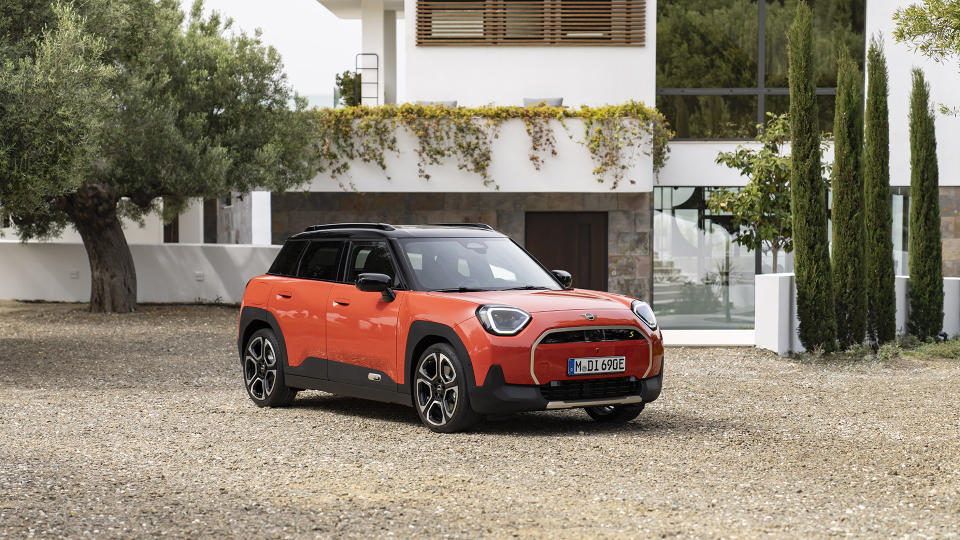

Big announcements
In addition to the large number of new releases from Chinese national brands at the trade fair, there were also a significant number of international new releases in addition to the Mercedes Electric G-Class. First, the Smart, owned by Mercedes and Geely, presented a concept for it Smart #5an electric midsize SUV with an off-road-style roof light bar and huge OLED displays that span the entire width of the dashboard.
BMW’s MINI released his Goldilocks model, the Aceman. This new all-electric model sits halfway between the Cooper and Countryman and is a five-seat crossover that has the same look and feel as its siblings. Inside there is also the round OLED screen and the dashboard made of knitted fabric. It comes in two versions with a range of up to 252 miles. BMW also presented its updated i4 design.
VW showed a new concept called ID. Code that offers a completely new look to its future electric vehicles and Porsche held a Chinese launch of the Macan EV and the new China version of the Taycan at the show. While both models have already been launched internationally, China Auto’s presentation was extremely well attended and shows the strength of the brand.
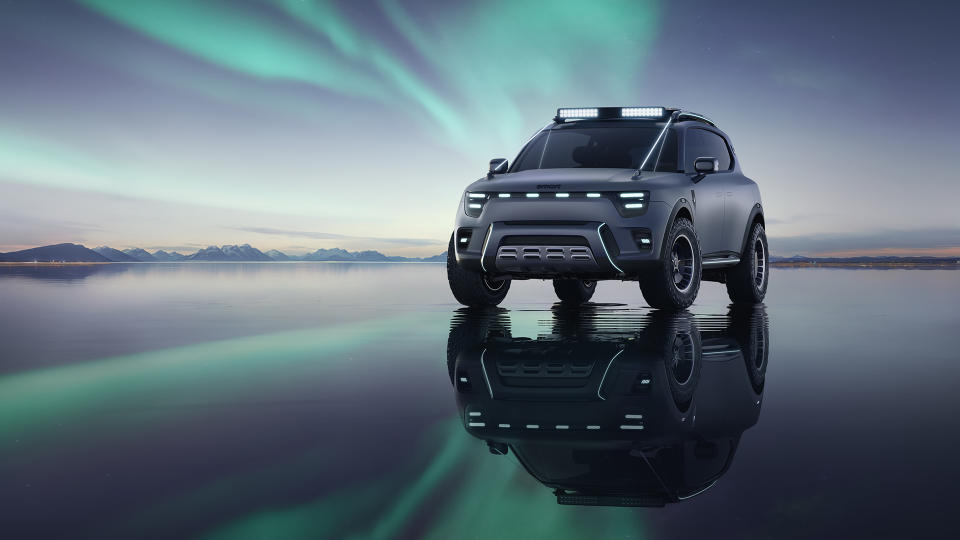

What’s coming?
While auto shows in Europe and the US are generally on the decline, China Auto appears to be going from strength to strength. This is due to the importance of the Chinese market for European and American manufacturers, but also because of the emerging Chinese brands that want to market more electric models internationally.
In 2025 the fair returns to Shanghai as part of its dual site program and I expect international interest to continue to grow. For the automotive market, China Auto is a global event to keep an eye on the latest innovations in electric vehicles.
